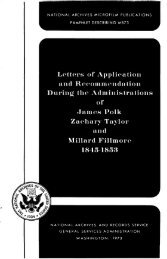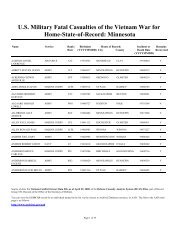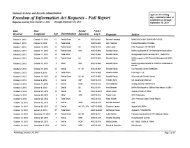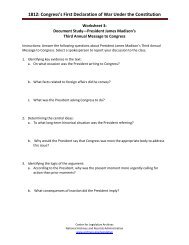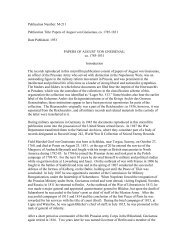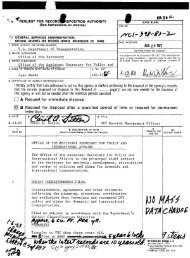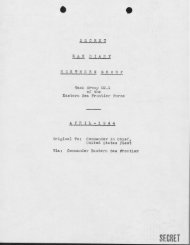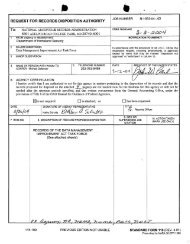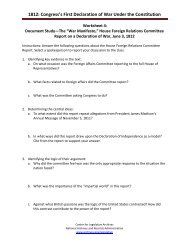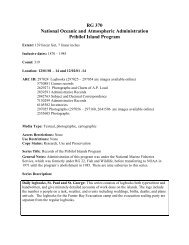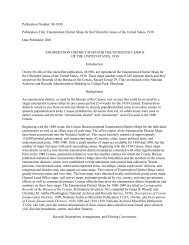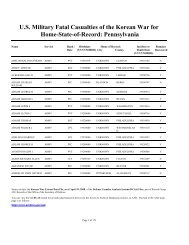HITLER'S SHADOW - National Archives and Records Administration
HITLER'S SHADOW - National Archives and Records Administration
HITLER'S SHADOW - National Archives and Records Administration
You also want an ePaper? Increase the reach of your titles
YUMPU automatically turns print PDFs into web optimized ePapers that Google loves.
But on October 15, 1959, only 10 days after the CIA Munich base made the<br />
request, a KGB assassin named Bogdan Stashinskiy murdered B<strong>and</strong>era with a<br />
special gun that sprayed cyanide dust into the victim’s face. The Soviets, who had<br />
penetrated B<strong>and</strong>era’s organization <strong>and</strong> the BND years before, evidently decided<br />
that they could not live with another alliance between German intelligence<br />
officers <strong>and</strong> Ukrainian fanatics. Stashinskiy received the Order of the Red Banner<br />
for the job. 80<br />
U.S. Consul General in Munich Edward Page noted that “assassinations are<br />
nothing new in the Ukrainian nationalist movement.” Though B<strong>and</strong>era’s death<br />
was demoralizing in the sense that the Soviets managed it under the noses of<br />
B<strong>and</strong>era’s bodyguards, Page noted that “many émigré figures do not personally<br />
lament his passing,” given B<strong>and</strong>era’s strong-arm tactics with his political rivals<br />
in the Ukrainian emigration, particularly those leaning toward democratic<br />
institutions. 81 B<strong>and</strong>era’s faction continued to exist but was thoroughly penetrated<br />
by the KGB even at the highest levels. 82 Regardless, Herre maintained contact<br />
with B<strong>and</strong>era’s deputies in West Germany until 1961. 83<br />
The United States <strong>and</strong> Mykola Lebed<br />
Mykola Lebed’s relationship with the CIA lasted the entire length of the Cold<br />
War. While most CIA operations involving wartime perpetrators backfired, Lebed’s<br />
operations augmented the fundamental instability of the Soviet Union.<br />
Attempts to build a relationship in 1945 <strong>and</strong> 1946 between the SSU <strong>and</strong><br />
the Hrinioch-Lebed group never materialized owing to its initial mistrust. 84 In<br />
December 1946 Hrinioch <strong>and</strong> Lopatinsky asked for U.S. help for operations<br />
in the Ukraine ranging from communications to agent training to money <strong>and</strong><br />
weapons. In return, they would create intelligence networks in the Ukraine.<br />
Zsolt Aradi, the SSU’s contact in the Vatican, approved the relationship. He<br />
noted that the “UHVR, UPA, <strong>and</strong> OUN-B<strong>and</strong>era are the only large <strong>and</strong> efficient<br />
organizations among Ukrainians,” <strong>and</strong> that Hrinioch, Lebed <strong>and</strong> Lopatinsky<br />
were “determined <strong>and</strong> able men… resolved to carry on…with or without us, <strong>and</strong><br />
if necessary against us.” 85 The SSU declined. A later report blamed the Ukrainians<br />
for “ineptitude in arguing their case <strong>and</strong> factionalism among the emigration.” 86<br />
Collaborators | 85



